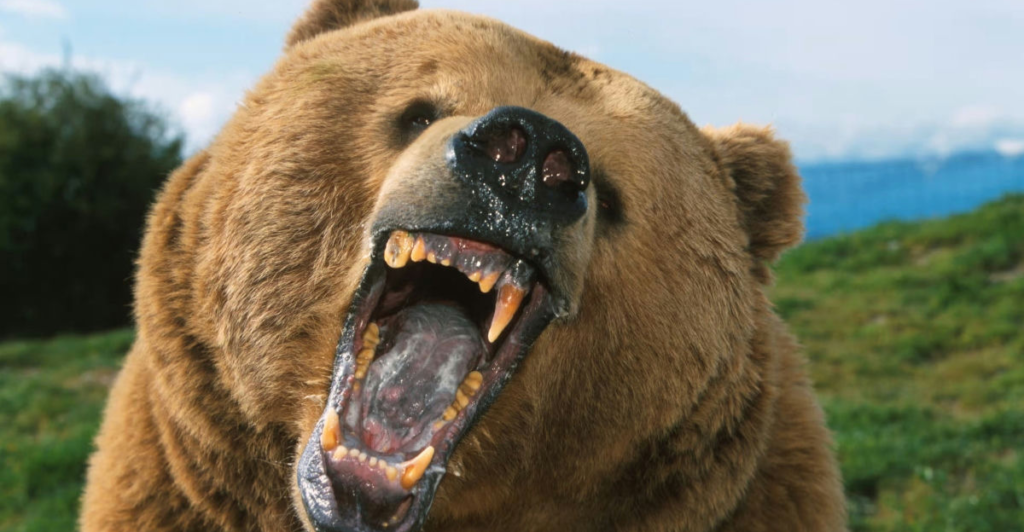
Bears, majestic yet formidable, inhabit diverse ecosystems across the globe. While many species are reclusive, particular bears have earned reputations for their strength and potential danger. This gallery delves into some of the most formidable bear species and the habitats they thrive in, offering insights into their behaviors and environments.
Polar Bears: Arctic Predators
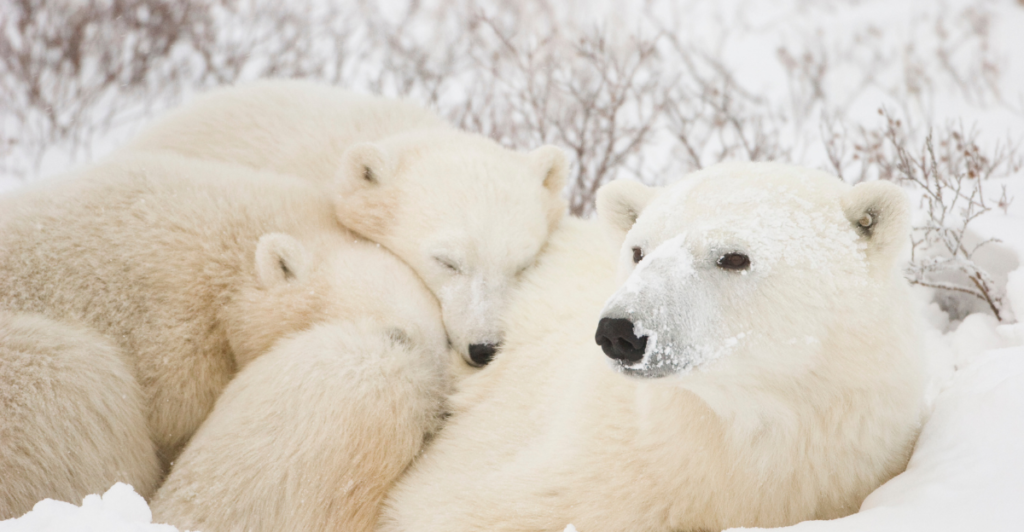
Polar bears (Ursus maritimus) are native to the Arctic regions and primarily found on sea ice across the circumpolar north. Renowned for their robust build and predatory skills, they mainly hunt seals. Due to their remote habitat, human encounters are rare, but polar bears can be dangerous when they occur. Their dependence on sea ice makes them vulnerable to climate change.
Grizzly Bears: North America’s Fierce Inhabitants
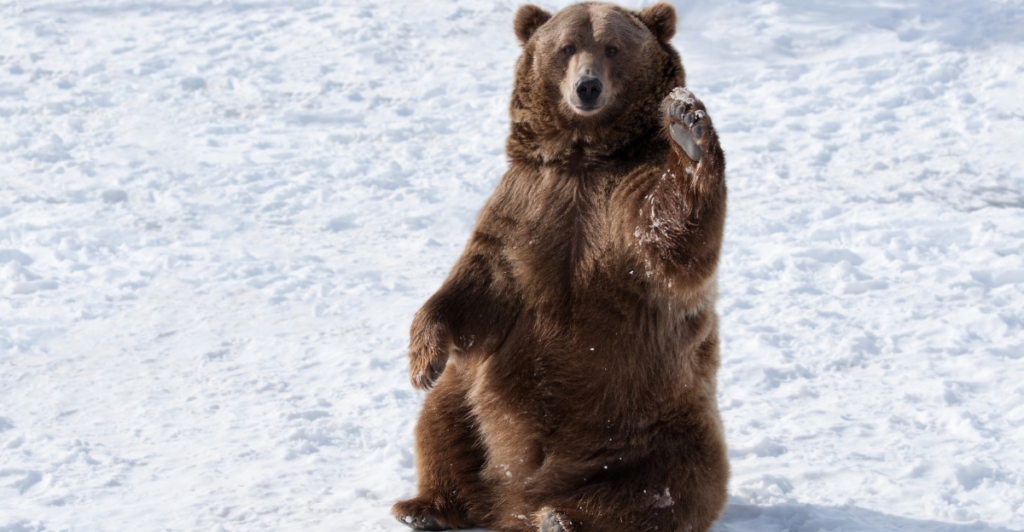
Grizzly bears (Ursus arctos horribilis), a subspecies of the brown bear, inhabit North America’s western regions, including Alaska and parts of Canada. Weighing up to 790 pounds, they are omnivorous, feeding on a varied diet from berries to large mammals. Grizzlies are known for their protective nature, especially females with cubs, leading to potential human conflicts when their space is encroached upon.
Kodiak Bears: Giants of Alaska
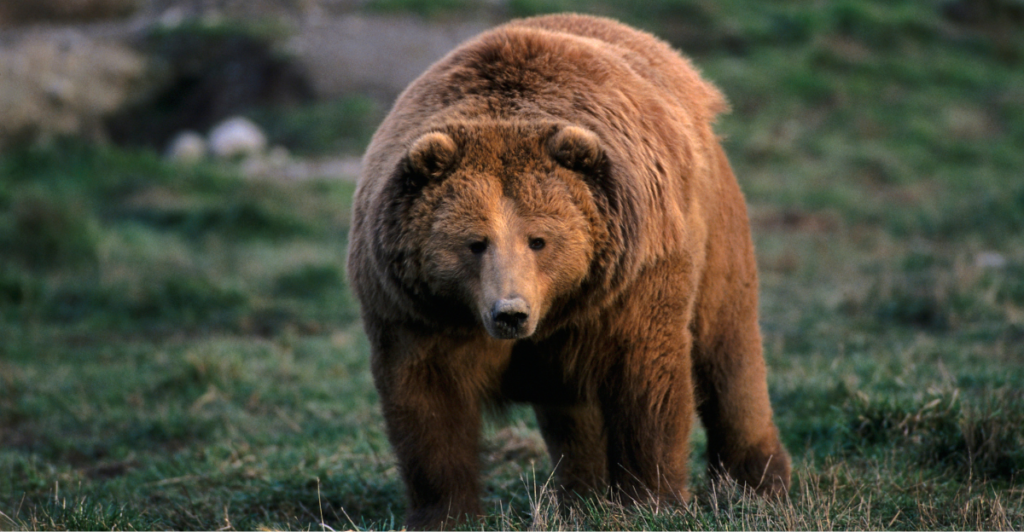
Kodiak bears (Ursus arctos middendorffi) are among the largest bear species, residing exclusively in Alaska’s Kodiak Archipelago. Isolated for over 12,000 years, they have developed unique characteristics. Despite their size, Kodiak bears are not naturally aggressive but will defend themselves if threatened. Their diet includes salmon, berries, and vegetation.
Eurasian Brown Bears: Europe’s Resilient Residents
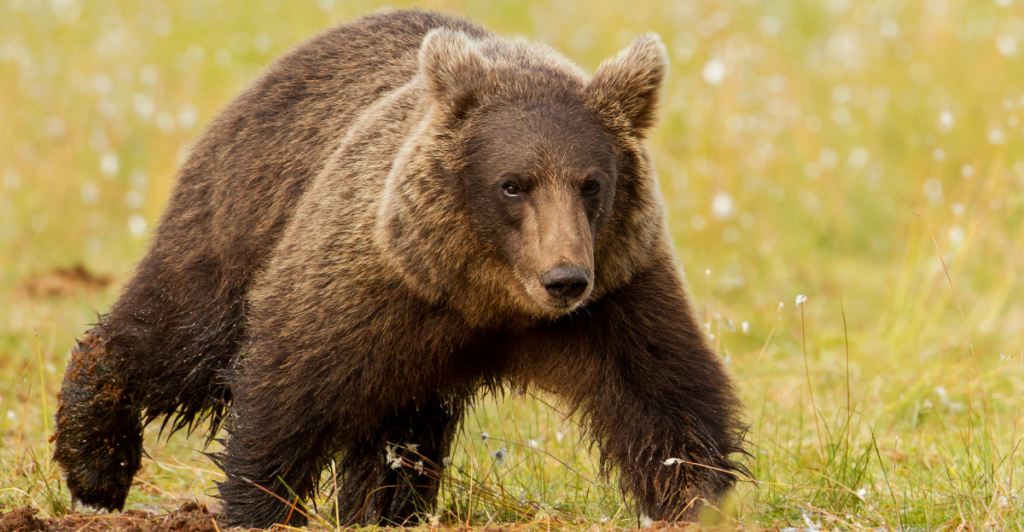
The Eurasian brown bear (Ursus arctos arctos) ranges across Europe and Asia, inhabiting forests and mountainous regions. While generally avoiding human interaction, habitat encroachment has led to increased encounters. In countries like Romania, a significant bear population has resulted in conservation efforts and challenges due to human-bear conflicts.
American Black Bears: Adaptable and Widespread
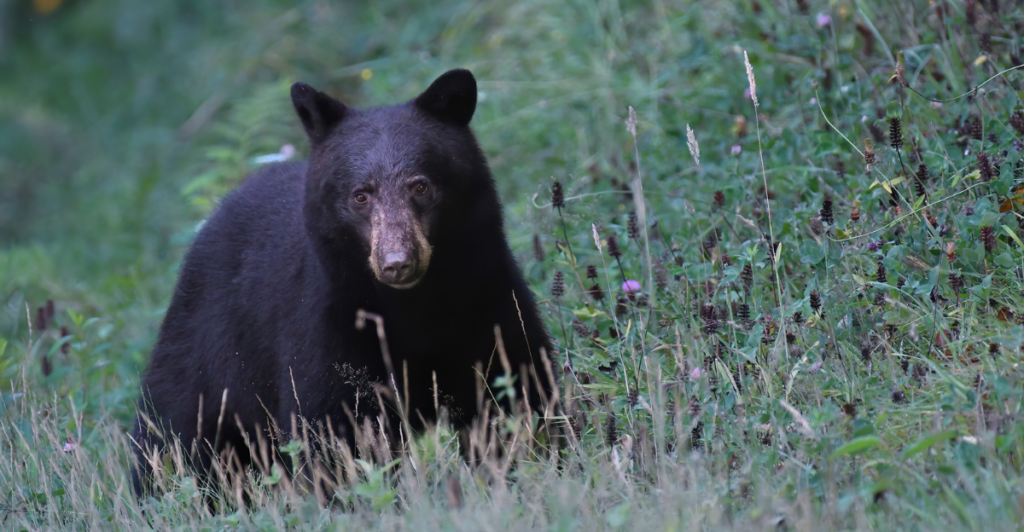
American black bears (Ursus americanus) are North America’s most widely distributed bear species, found in forests, swamps, and urban areas. They are omnivorous and highly adaptable, typically weighing between 200 and 600 pounds. While generally timid, food scarcity can lead them to seek sustenance in human-populated areas, occasionally resulting in conflicts.
Asiatic Black Bears: The Moon Bears of Asia
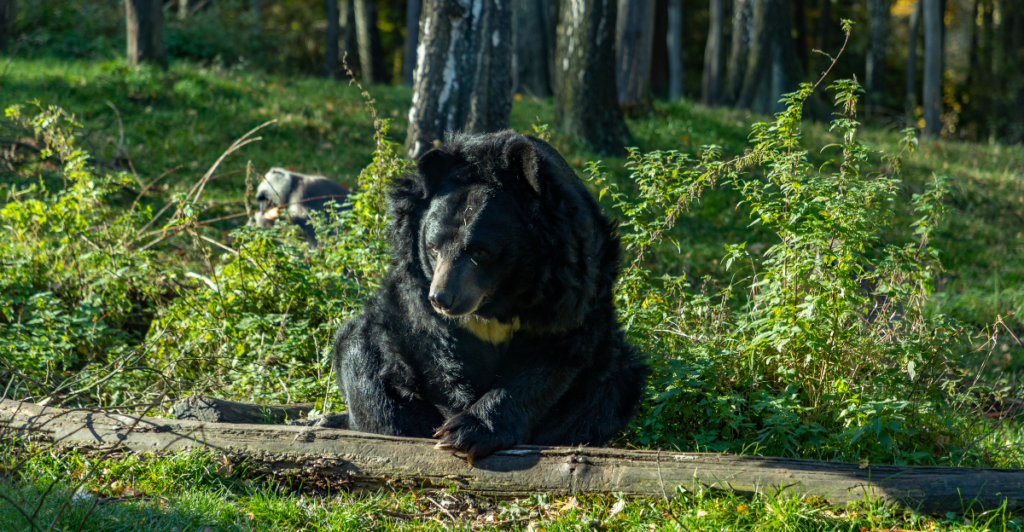
Asiatic black bears (Ursus thibetanus), also known as moon bears due to the crescent-shaped marking on their chest, inhabit forests across Asia, from the Himalayas to Japan. They are primarily herbivorous but will consume insects and small animals. Known for their agility, they can be more aggressive toward humans than other bear species, especially when surprised or threatened.
Sloth Bears: India’s Nocturnal Foragers
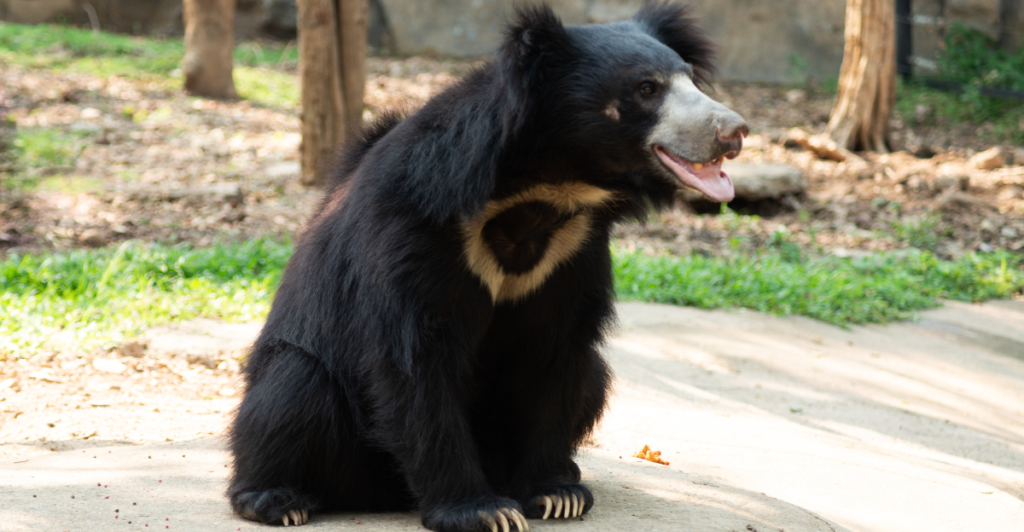
Native to the Indian subcontinent, sloth bears (Melursus ursinus) are primarily nocturnal and feed on insects like termites and ants. Despite their shaggy appearance, they can be unpredictable. In some areas of India, sloth bears are more feared than tigers due to their aggressive responses when startled, leading to human-wildlife conflicts.
Spectacled Bears: Andean Solitaries
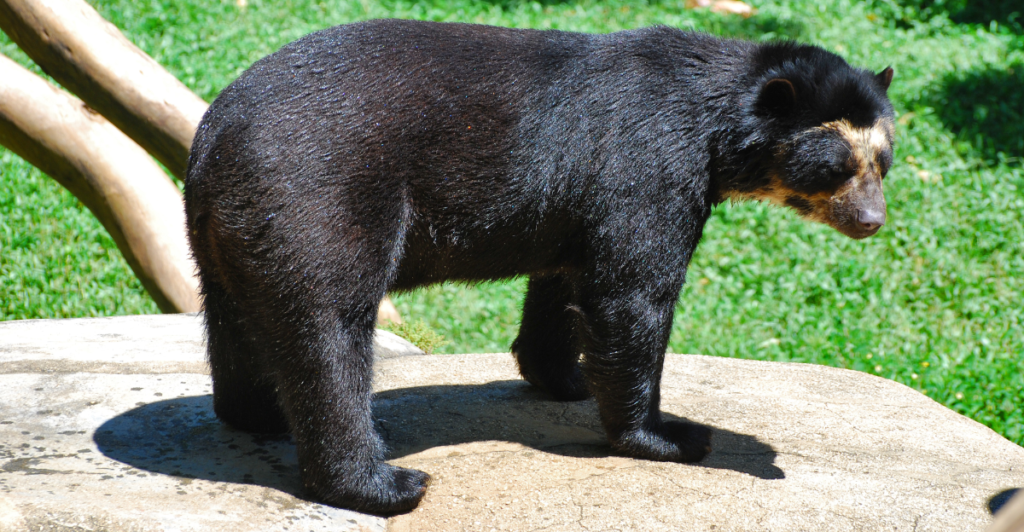
The spectacled bear (Tremarctos ornatus) is the continent’s only bear species. It is native to South America’s Andean regions and is recognized by the distinctive markings around its eyes. Spectacled bears inhabit diverse environments, from rainforests to scrub deserts. Generally shy and elusive, spectacled bears avoid human interaction, but habitat loss has increased encounters.
Sun Bears: Southeast Asia’s Elusive Climbers
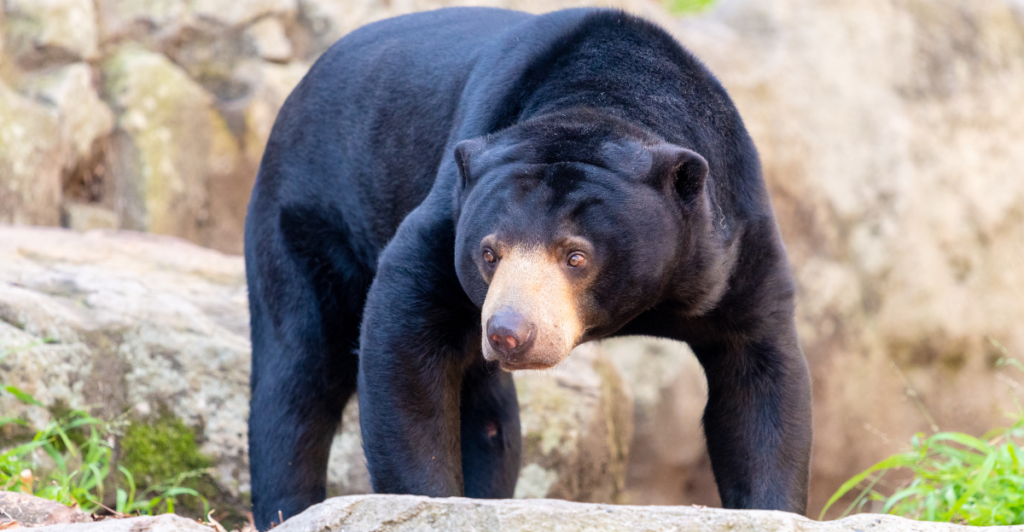
Sun bears (Helarctos malayanus) are the smallest bear species. They reside in the tropical forests of Southeast Asia. Known for their excellent climbing abilities, they feed on fruits, insects, and small vertebrates. While not typically aggressive, deforestation and poaching have threatened their populations, increasing human interactions.
Giant Pandas: China’s Gentle Giants
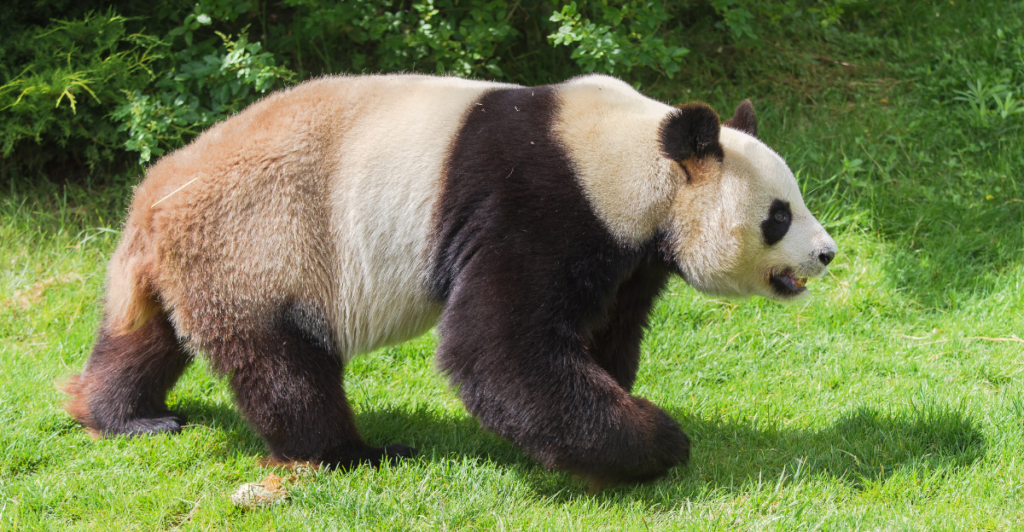
Giant pandas (Ailuropoda melanoleuca), native to China’s mountainous regions, are known for their distinctive black-and-white fur and primarily bamboo diet. Despite their size, they are generally docile and avoid confrontation. Conservation efforts have improved their status, but habitat fragmentation poses challenges.
Human-Bear Interactions: Coexistence Challenges
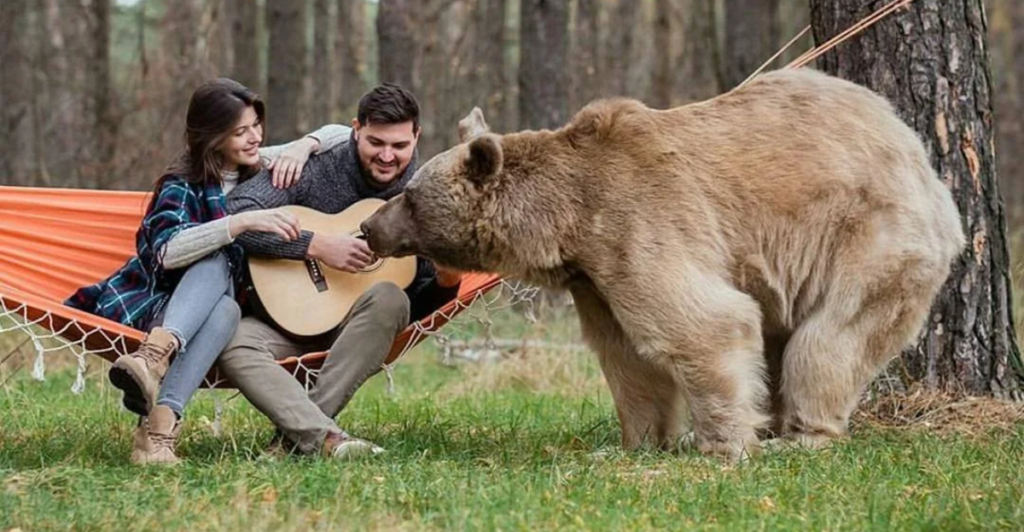
As human populations expand into bear habitats, encounters have become more frequent. While many bear species avoid humans, factors like food scarcity can lead them into populated areas, increasing the potential for conflicts. Secure waste management, public education, and habitat conservation measures are crucial for promoting peaceful coexistence.
Respecting the Wild
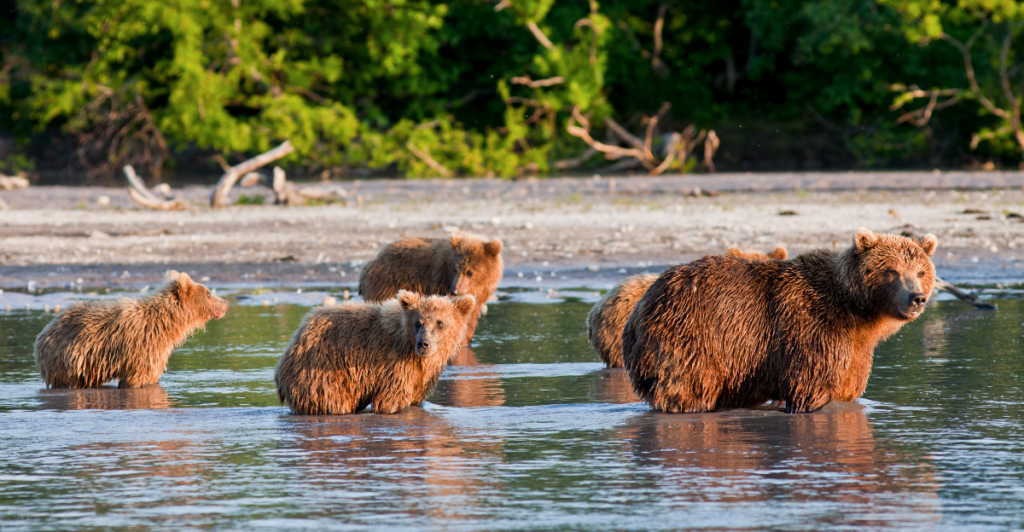
Understanding the behaviors and habitats of these formidable bear species fosters respect and awareness. While they play vital roles in their ecosystems, maintaining a safe distance and implementing conservation strategies are essential to harmonious coexistence between humans and bears.
Discover more of our trending stories and follow us to keep them appearing in your feed

Hurricane-Like Bomb Cyclone Set to Impact These 8 States
The War on Cows Is Over—And Green Extremists Have Lost
10 Dog Breeds That Shouldn’t Be Pets
Scientists Are Bringing Back The Wooly Mammoth
References:
Reference 1
Reference 2
Reference 3
This article first appeared here
Stay connected with us for more stories like this! Follow us to get the latest updates or hit the Follow button at the top of this article, and let us know what you think by leaving your feedback below. We’d love to hear from you!







